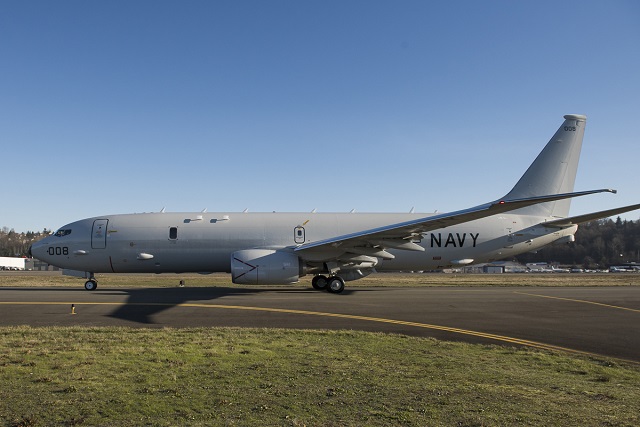|
|
|||
|
Navy Recognition's video on the P-8A Poseidon during Dubai Air Show 2015
|
|||
|
|
|||
|
The fleet’s transformation from the legacy P-3C to the P-8A is expected to be completed by Fiscal Year 2019.
As of April 2016, all six active and one fleet replacement squadron at NAS Jacksonville have completed their fleet transition training from the P-3C to the P-8A and the first west coast P-8A squadron, VP-4, has relocated its home port from Kaneohe Bay, Hawaii to NAS Whidbey Island, Washington. All squadrons will complete transition training by Fiscal Year 2019. |
|||
U.S. Navy accepted its 50th P-8A Poseidon Maritime Patrol Aircraft
- Posted On











